Porchetta is undoubtedly one of the most delicious foods in the gastronomic tradition of central Italy (Tuscany, Umbria, Marche, Abruzzo, Lazio). The rich taste, the soft consistency of the meat, the crunchy rind, the different spices, awaken in us ancestral memories that are lost in the mists of time. In literature we find it in the Odyssey, when we talk about the table of the suitors and the swineherd Eumaeus who keeps the pigs in a stone enclosure, to cook them on a spit after having sprinkled them with barley flour.
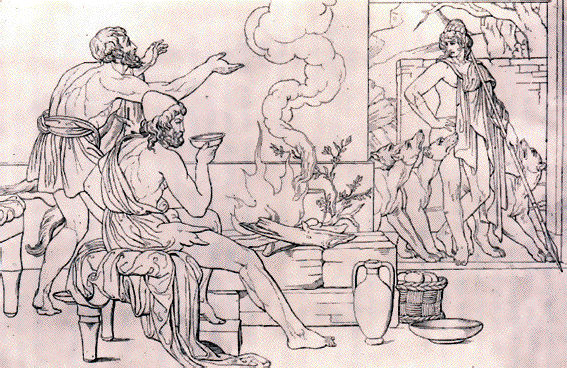
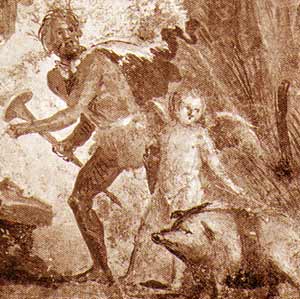
Around the 10th century BC, as can be seen from the discovery of pig bones intended for human consumption in the necropolis of Campli (Abruzzo), the Italic populations were very skilled at slaughtering and roasting young pigs, creating a food very similar to our porchetta, even if human nutrition was mainly based on legumes and vegetables. For the Etruscans, pork was considered a true delicacy, roasted on a spit over a grill, but it was also appreciated smoked or salted, due to its long shelf li The age-old knowledge in the processing of pork was essentially handed down by the Boi Celtic tribes of Northern Italy (salting of hams in the areas of Parma and San Daniele del Friuli) and by the Lombards of Central-Southern Italy (Porchetta and cured meats).
A few centuries later, in ancient Rome, pork was prepared with multiple fillings and presented in impressive dishes. At that time, Norcia was an area of large livestock farms, which were particularly appreciated in the city of Romulus. Hence the word “norcino”, which identified the person expert in slaughtering pigs and processing the meat. It can therefore be stated with reasonable certainty that pig farming, typical of the Emilia Romagna area, is a legacy of the habits adopted during the Lombard occupation. In fact, in the Edict of Rotari (first corpus of Lombard laws, dating back to 643 AD) it was foreseen that the “magister porcarius” among the servants was the best paid.

Stuffing and spit-roasting not too large pigs was a technique that allowed the meat to be preserved immediately. The slaughter of a whole pig, however, almost always involved the need for cooking in huge ovens. Not even the technique for preserving cured meat was within everyone’s reach: it required ventilated hilly areas and good quality salt. During the Middle Ages, pig farming spread throughout Italy, so much so that between the 12th and 17th centuries the production of all foods derived from pigs became a very profitable profession. But let’s get to the porchetta of Ariccia, which in theory should not exist if we consider that in Rome, as in the rest of Byzantine Italy, the scribe monks used hundreds of sheepskins in the form of parchment every year to copy the texts of books in their scriptoriums, so the large estates of the Abbeys hosted flocks with tens of thousands of sheep, forcing the population to feed exclusively on sheep’s meat and cheese. However, in the 18th century the Marche was devastated by a series of disastrous earthquakes, forcing the rich and powerful patrician family of the Cesarini (related to the Sforza of Milan) to transfer the survivors from their Marche estates to their possessions in Lazio, between Aricia and Lanuvium, asking them to clear out and reclaim an impenetrable thicket of brambles on the western slopes of the volcanic cone that hosts Lake Nemi, infested with snakes and ferocious beasts. The industrious people of the Marche region managed, with their bare hands and in the space of a few years, to create a lush garden on those hilly lands facing the sea with the vineyards and olive groves of their rural tradition, also reproducing the ovens for baking bread on site and some porchetta. This allowed the Sforza-Cesarinis to launch an ambitious urban plan (the so-called “Trident” of the Olmate) and to build a noble summer residence to escape the Roman heat (Palazzo Sforza-Cesarini).
The porchetta from Ariccia-Genzano, a tiny enclave in the Marche near Lake Nemi, is today famous throughout the world. Most likely this is due to the “Grand Tour”, a long journey in continental Europe undertaken by the wealthy European aristocracy starting from the 18th century, which usually had Italy as its destination. At the end of their university studies, young people from the high European aristocracy enthusiastically embarked on the Grand Tour to enrich their cultural baggage. The Sforza-Cesarini Palace, with the view that could be enjoyed from its English gardens, was an excellent rest and refreshment stop for those traveling along the Appia Antica.
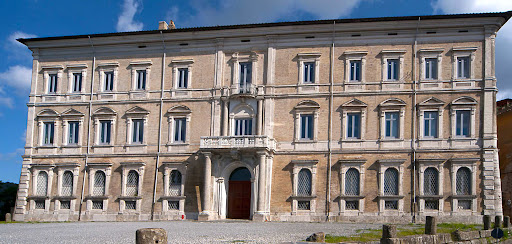

The quality of the porchetta derives not only from the skill in treating the meat, but also from the type of pork used. It is certainly not a “dietetic” food, and it is not very recommended in summer, especially in the great heat, both from a caloric point of view and due to the quantity of salt present, but in other periods it is a great meal, especially if it fills the castle bread!
Below is the nutritional table per 100g of product:
Energy value 1403 kJ / 321 kcal
Fat 24 g of which saturated fatty acids 9.8 g
Carbohydrates 1.3 g
of which sugars 1.3 g
Protein 26 g
Salt 5.3 g
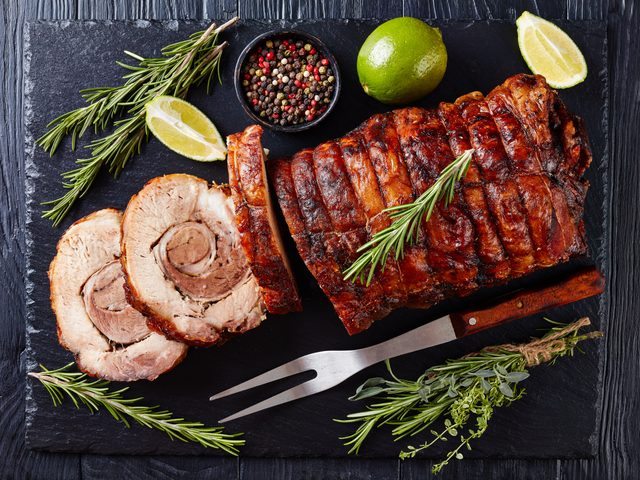

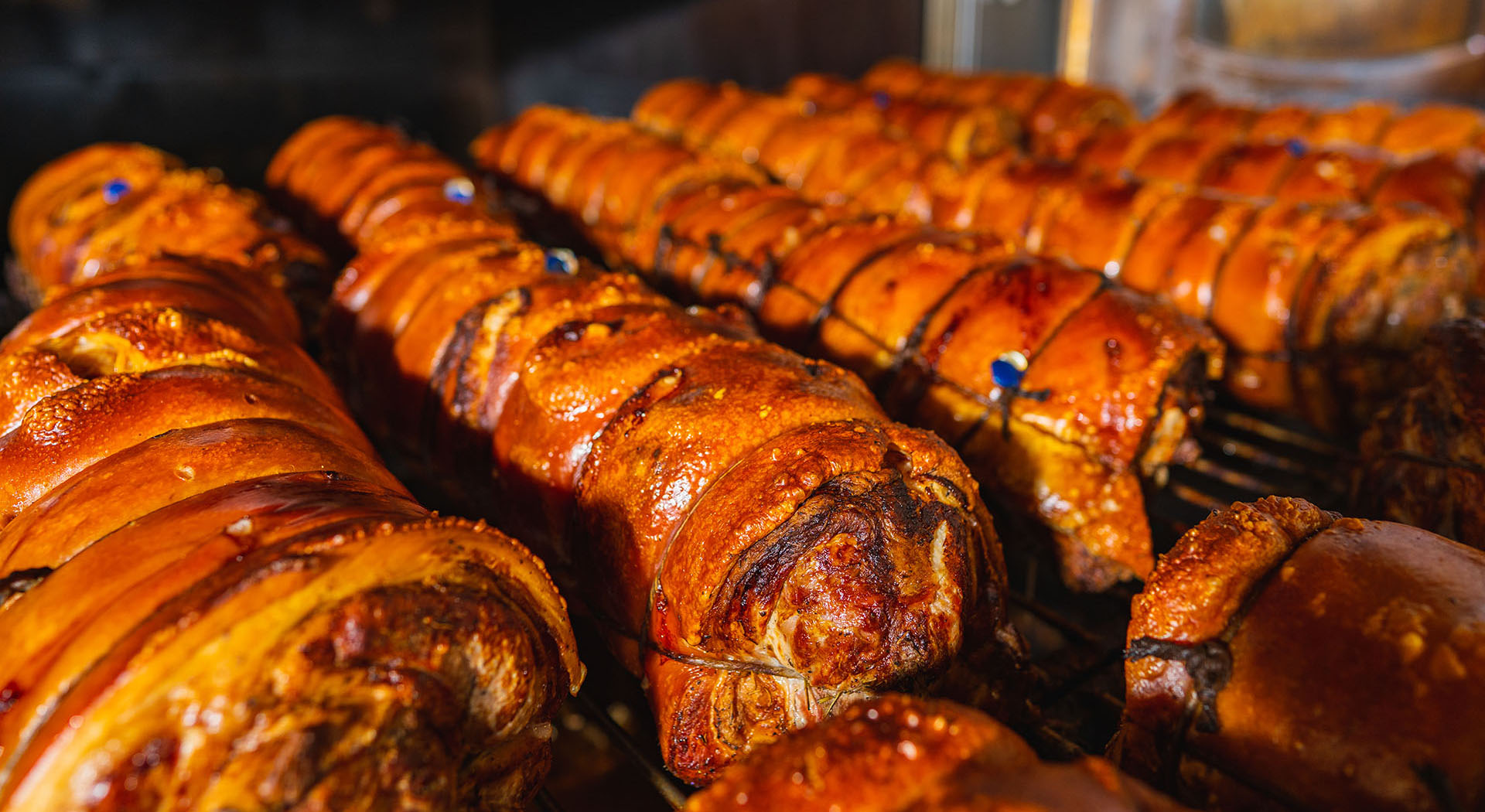
Leave a Reply